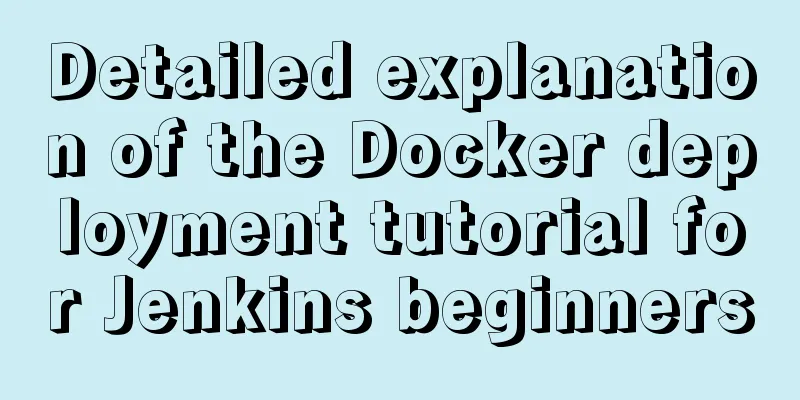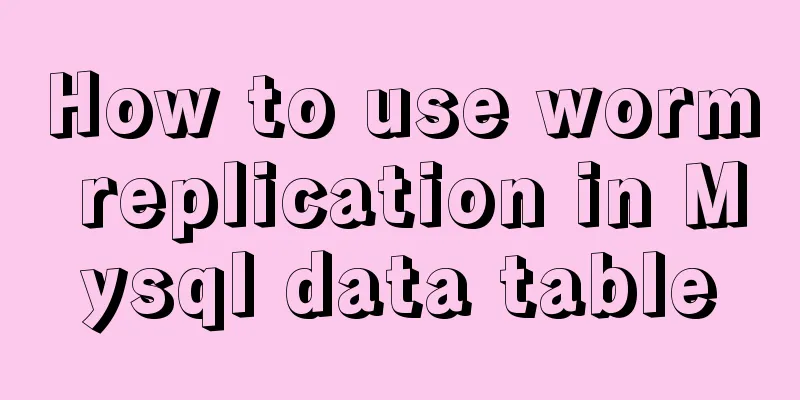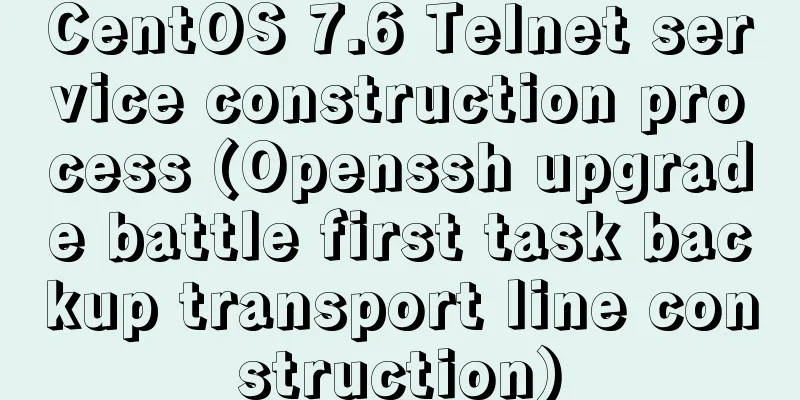Detailed explanation of inline elements and block-level elements in commonly used HTML tags

|
Block element HTML tag classification details * address - address Inline element HTML tag classification details * a - anchor point Variable elements HTML tag classification details * applet - java applet Summarize: 1. Block-level elements such as div h1 p ul li will wrap and want to be displayed on the same line Need to float or display: inline 2. Inline elements such as a span b can be displayed side by side. The default width setting does not work. You need to set display: inline-block or block. Summarize The above is the editor's introduction to the inline elements and block-level elements in the commonly used HTML tags. I hope it will be helpful to everyone. If you have any questions, please leave me a message and I will reply to you in time. I would also like to thank everyone for their support of the 123WORDPRESS.COM website! |
<<: Summary of important components of MySQL InnoDB
>>: Implementing a simple whack-a-mole game in JavaScript
Recommend
The difference between the name and id of the a tag's target pointing to the iframe
Copy code The code is as follows: <iframe id=&...
Detailed explanation of global parameter persistence in MySQL 8 new features
Table of contents Preface Global parameter persis...
How to install JDK and set environment variables in Linux (this article is enough)
Table of contents 1. Check the number of Linux bi...
Detailed example of using if statement in mysql stored procedure
This article uses an example to illustrate the us...
Collection of 25 fonts used in famous website logos
This article collects the fonts used in the logos...
The difference and usage of Ctrl+z, Ctrl+c and Ctrl+d in Linux commands
What does Ctrl+c, Ctrl+d, Ctrl+z mean in Linux? C...
MySQL 8.0 download and installation configuration graphic tutorial under Windows 10
This article shares the download and installation...
MySQL binlog opening steps
Binlog is a binary log file that is used to recor...
8 essential JavaScript code snippets for your project
Table of contents 1. Get the file extension 2. Co...
Vant+postcss-pxtorem implements browser adaptation function
Rem layout adaptation The styles in Vant use px a...
Share 8 very useful CSS development tools
CSS3 Patterns Gallery This CSS3 pattern library s...
What are the similarities between the development of web design and western architecture?
History always repeats itself surprisingly well. ...
The implementation principle of Vue router-view and router-link
use <div id="app"> <router-lin...
Difference between var and let in JavaScript
Table of contents 1. Scopes are expressed in diff...
JavaScript history object explained
Table of contents 1. Route navigation 2. History ...









